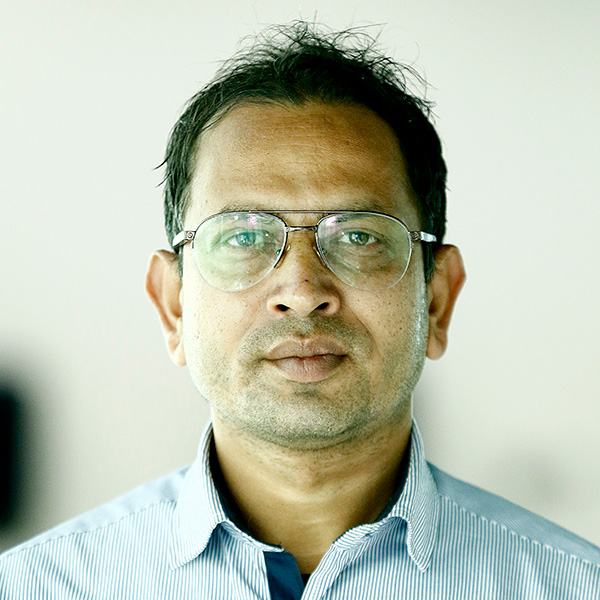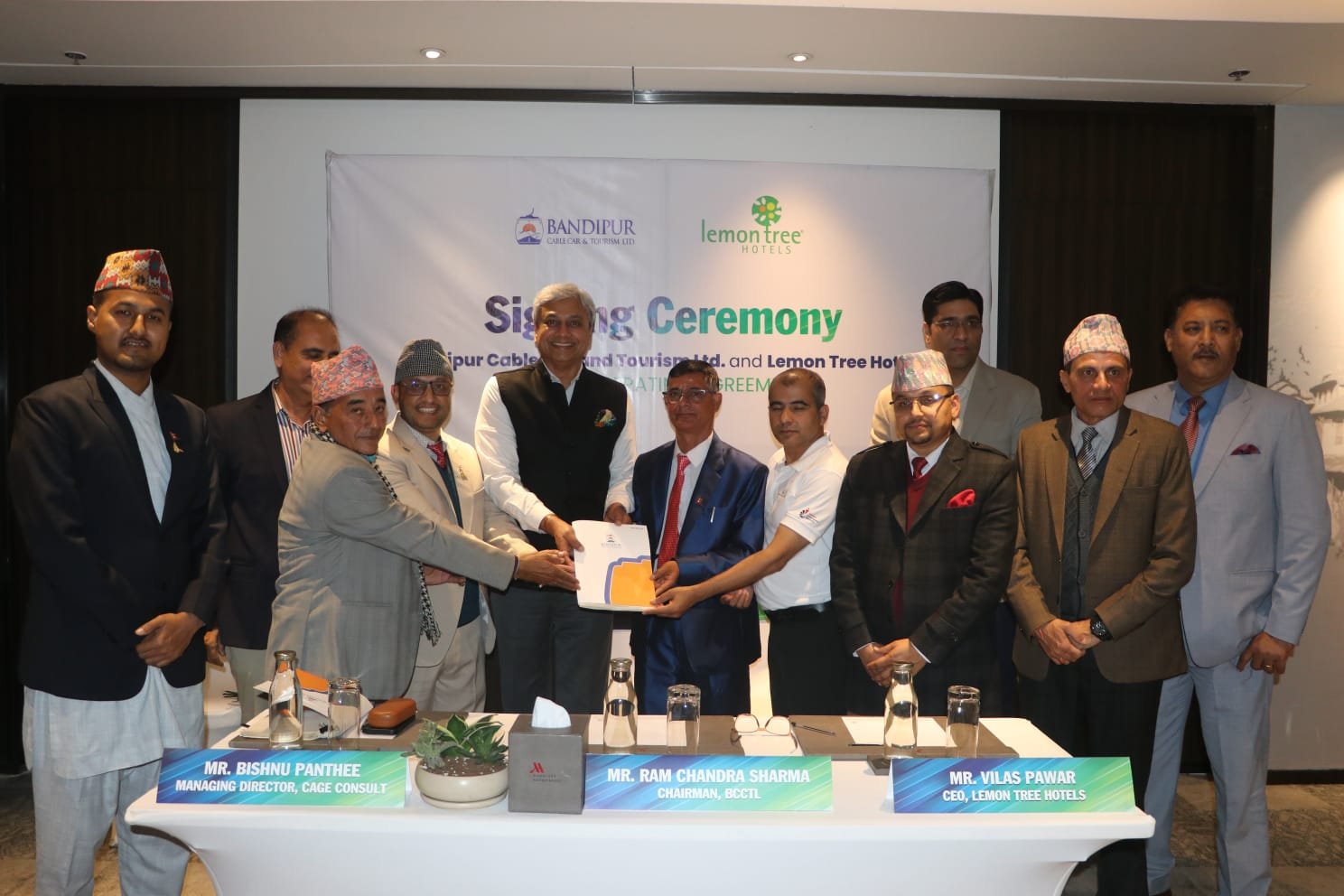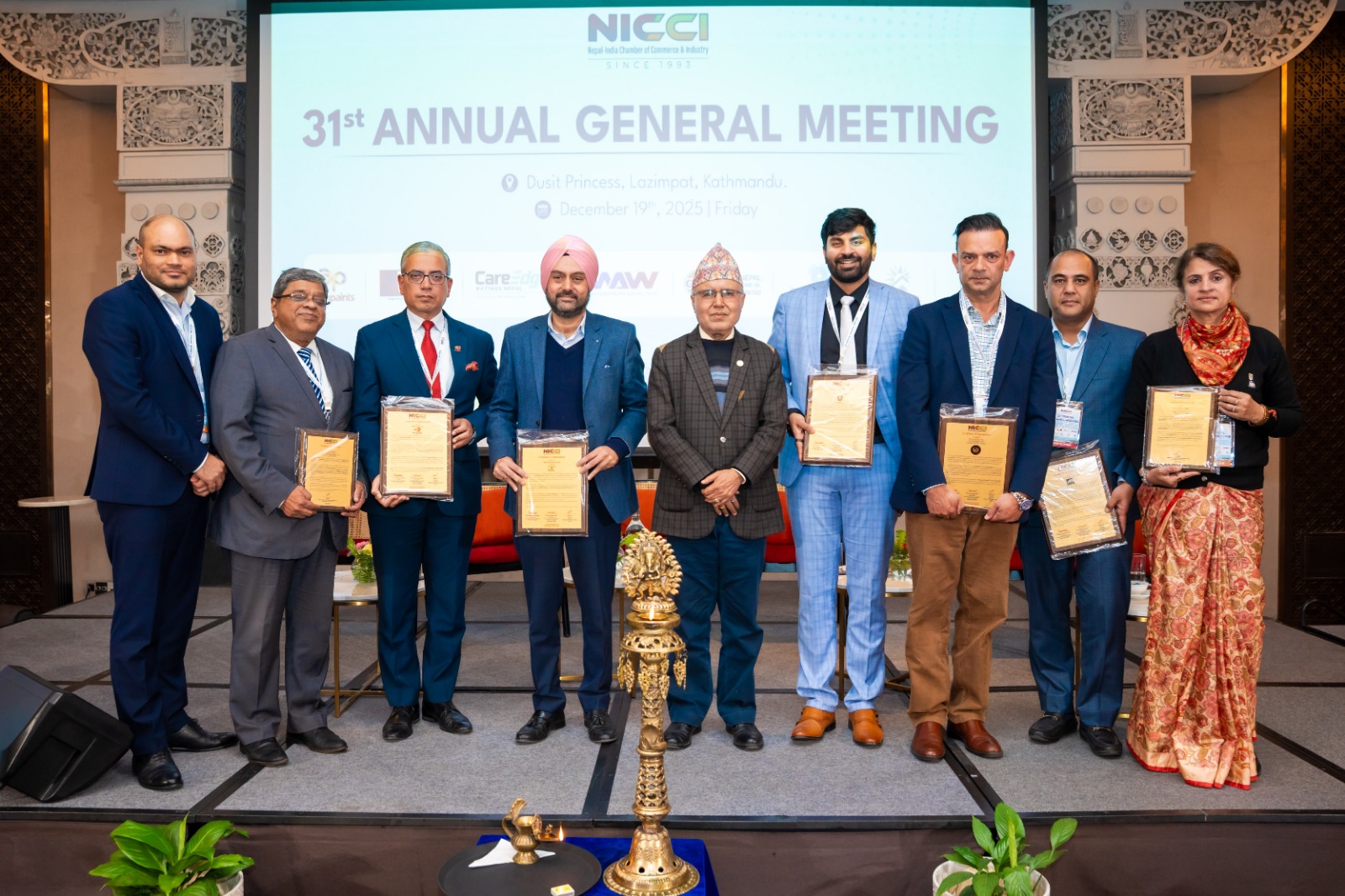Money
For Madhesh women, electricity means not just light but livelihood
From leaf plate makers in Parsa to cotton factories in Bara, access to electricity is helping women and small entrepreneurs scale up, cut drudgery, and break social barriers in one of Nepal’s poorest provinces.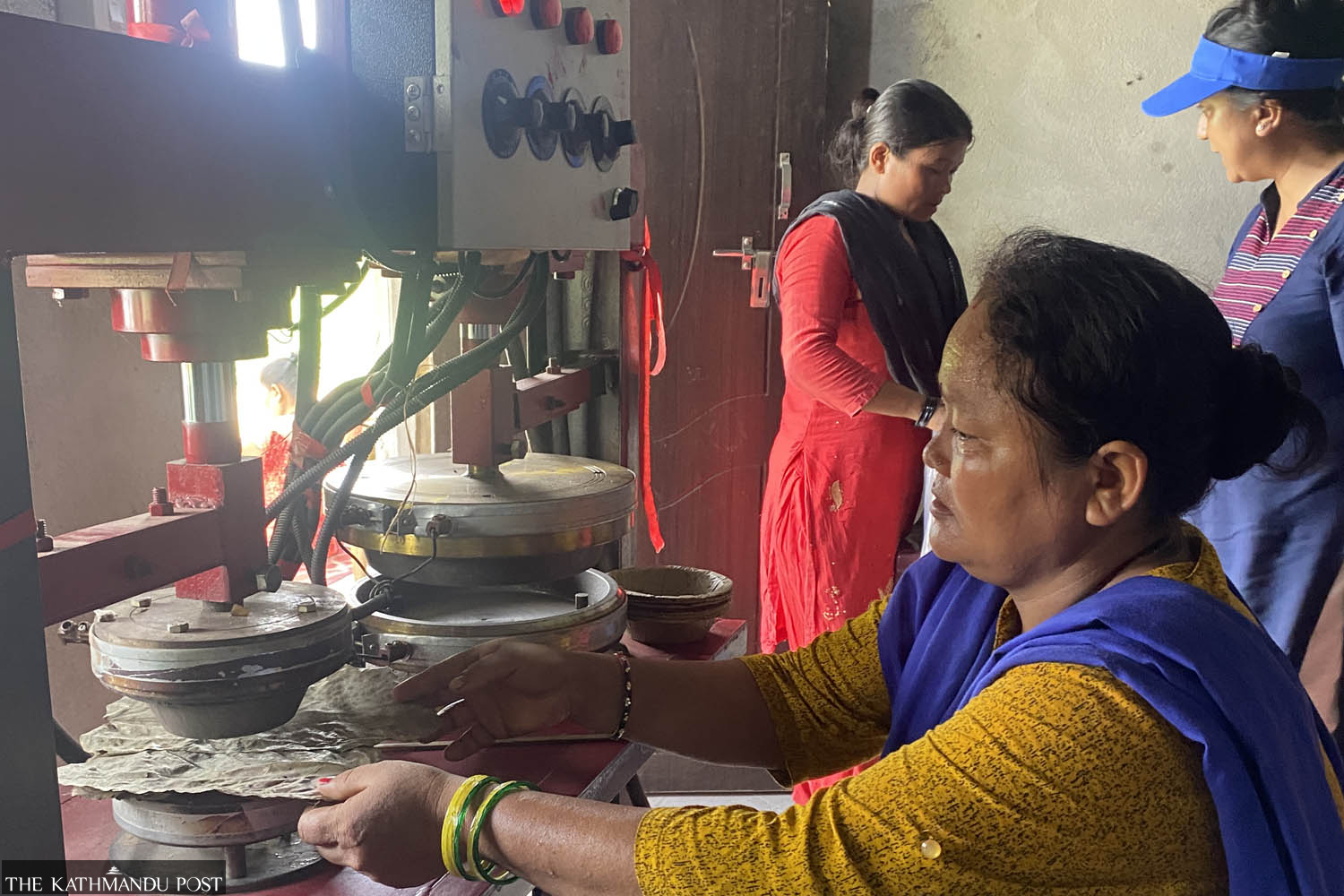
Sangam Prasain
At 62, Shiva Bhakti Magar of Chhafi, Parsa, has no plans of retiring. Bent slightly in a hunchback posture, she can be seen moving briskly around a small house near a jungle where a group of women are busy making duna and tapari, the traditional leaf plates used across Nepal.
The house, leased by the women’s group she leads, is abuzz with her determined effort as the members stitch together mature green leaves of Shorea robusta, better known as the sal tree, using bamboo pins. Once sun-dried, the leaves are heated and moulded into durable plates.
Magar has been at the centre of this small but vital trade for decades. As chairman of Shree Pavitra Duna Tapari Krishi Samuha, a women’s group formed nearly 20 years ago, she has seen the business transform slowly.
Today, the real change comes from the forest and the wires fetching electricity. “We make the plates using a machine now,” Magar says with a faint smile. “It’s faster than the traditional way, and the market value is also good. All this has become possible with the electricity that we finally have.”
The group invested in a machine two years ago, and their production has since expanded. The plates, sold in sizes ranging from three to fourteen inches, depending on restaurant and hotel orders, have found a steady demand.
A four-inch bowl sells for Rs4, although it fetches double that in the market. With restaurants becoming increasingly conscious about avoiding plastic, demand has only risen. Each woman earns between Rs2,000 and Rs3,000 monthly, adding crucial income on top of household and agricultural duties.
On a normal day, they work in the afternoon, but when orders surge, they continue late into the evening, producing nearly 3,000 pieces daily. For many of these women, electricity has meant not just light but livelihood.
Such stories reflect the broader economic challenges of Madhesh, a province where poverty remains entrenched.
Nepal’s official poverty line in 2022–23 put the annual per capita threshold at Rs72,908. Yet in rural Madhesh, the average expenditure per person stood slightly lower at Rs71,828, making it the region with the lowest ability to meet basic needs in the country.
The Nepal Living Standards Survey further shows that while a person in Kathmandu requires Rs129,934 annually to cover essentials, one in rural Madhesh manages with less than half the amount. Against this backdrop, small enterprises and microbusinesses are seen as vital tools in the fight against poverty, and electricity has emerged as their critical lifeline.
The story of Kalyani Devi Chaudhary from Chandrapur, Rautahat, illustrates this.
Her farm, once entirely dependent on manual labour, now hums with new energy. Trained on animal health, breeding, and fodder preparation, and backed by access to loans and electricity, Chaudhary has built a dairy business that generates Rs120,000 a month.
She invested Rs3 million with a loan from Sana Kisan Bikas Laghubitta Bittiyasanstha and an additional Rs2 million of her own. She has already repaid a third of the loan.
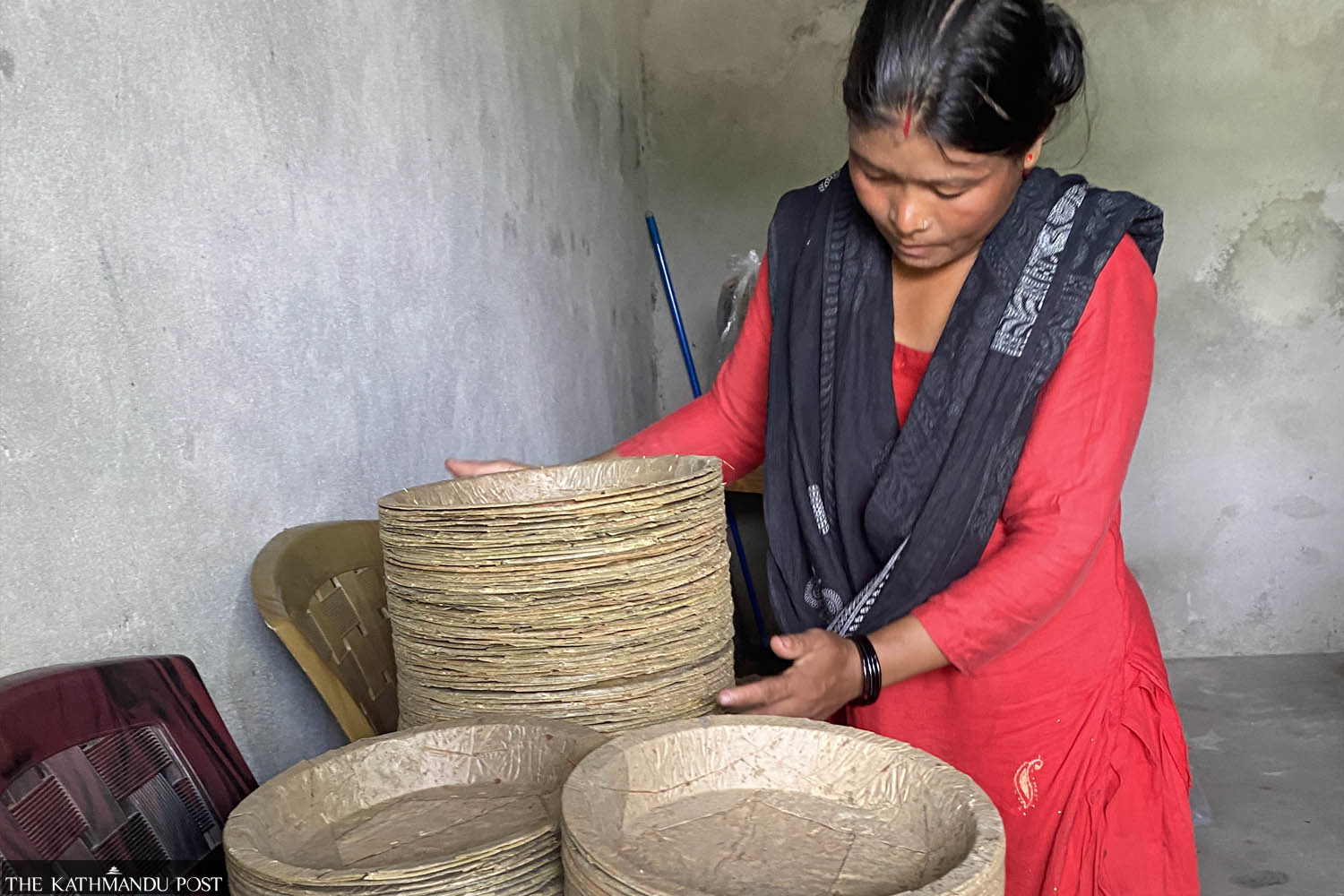
She now cultivates improved maize and paddy varieties, earning Rs500,000 and Rs200,000, respectively, annually on three bighas of land. Electricity has also allowed her to purchase portable milling machines for rice and maize, reducing the drudgery that once consumed her days.
“Before, everything was manual,” she recalls. “From morning to evening, I had to work without rest. Life is easier now, and I am planning to expand further with another loan.”
Yet the story of electricity in Madhesh is also one of shortage and aspiration.
A weak power supply continues to stall growth, though the Nepal Electricity Authority insists it is working to ensure round-the-clock power in the province.
Several projects are underway, including new substations in Saptari, Siraha, Dhanusha, Mahottari, Sarlahi, Rautahat, Bara, and Parsa, which are expected to reinforce rural distribution networks.
In Kalaiya, Bara, Babita Kumari Sah represents another side of this change.
At 35, she runs Jai Mata Ji Cotton Factory, which she formally established a year ago after years of producing cotton manually inside her home. With electricity, she shifted to machine-based production, increasing her output from 25 tonnes annually to a tonne daily.
Her Rs4.5 million investment, including the purchase of a Rs1.6 million machine from India, has created jobs for ten workers. She has even bought land and applied for startup loans to expand further. Last year, the President recognised her as a successful woman entrepreneur.
“Electricity changed everything for me,” she says.
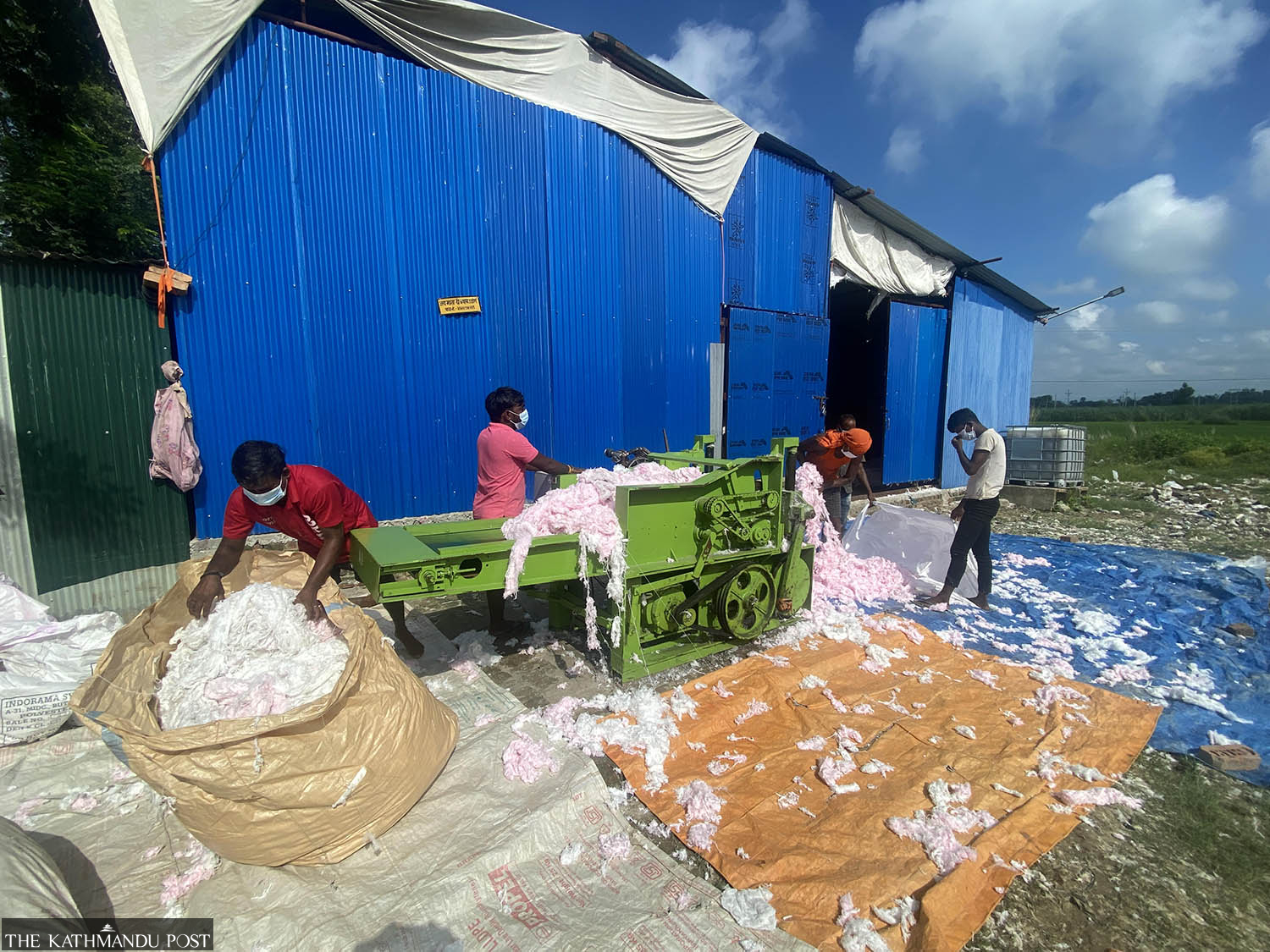
Her success, however, goes beyond economics. In a region where patriarchal values, restrictions on women’s mobility, and discriminatory practices have long limited female entrepreneurship, Babita has become a role model.
Raj Kumar Sah, president of the Bara Chamber of Commerce and Industry, says her journey reflects both resilience and the transformative power of electricity.
“For years, her growth was hampered by a lack of power. Now she shows other women in Madhesh that scaling up is possible. Her story is breaking the notion that women should not work,” he says.
Still, access to electricity alone is not enough. Affordability remains a serious barrier, as many households lack the means to invest in machines or even basic wiring, stoves, or motors.
The Asian Development Bank has stepped in to bridge this gap. In 2020, it approved a $200 million concessional loan to upgrade Nepal’s power supply and distribution systems, with a significant component targeting Madhesh, where one in five households is still off-grid.
Through a partnership with the Government of Norway, ADB has also been training over 400 entrepreneurs, mostly women, to better use energy for productive purposes.
“We are pleased to support women entrepreneurs in Madhesh Province through skill building and energy-based livelihoods,” says Arnaud Cauchois, ADB’s country director for Nepal. “Strengthening energy transmission and distribution means more reliable electricity for communities, which in turn supports businesses, fosters growth, and promotes gender equality and social inclusion.”
From the leaf plates of Parsa to the cotton mills of Bara, and from the dairy farms of Rautahat to the countless small enterprises scattered across Madhesh, electricity is rewriting the story of entrepreneurship.
It brings not just light but hope, reducing drudgery, multiplying output, and opening doors that were once closed. In a region marked by poverty and social barriers, the steady hum of machines powered by electricity is more than a sound—it is the rhythm of progress.




 19.12°C Kathmandu
19.12°C Kathmandu